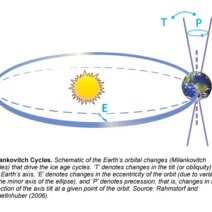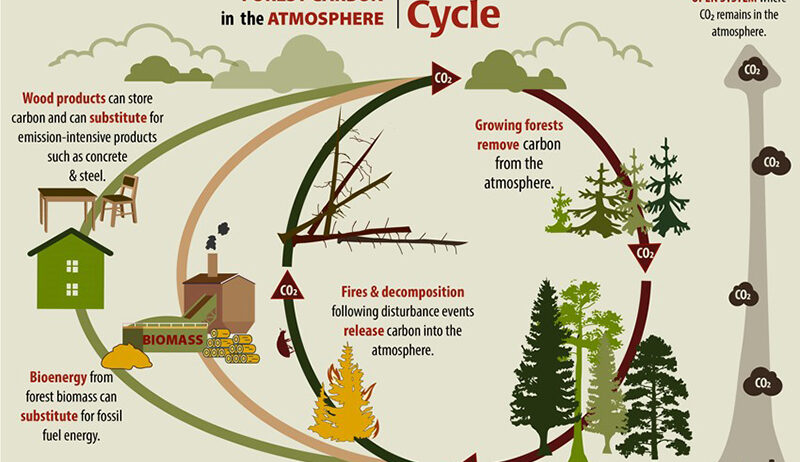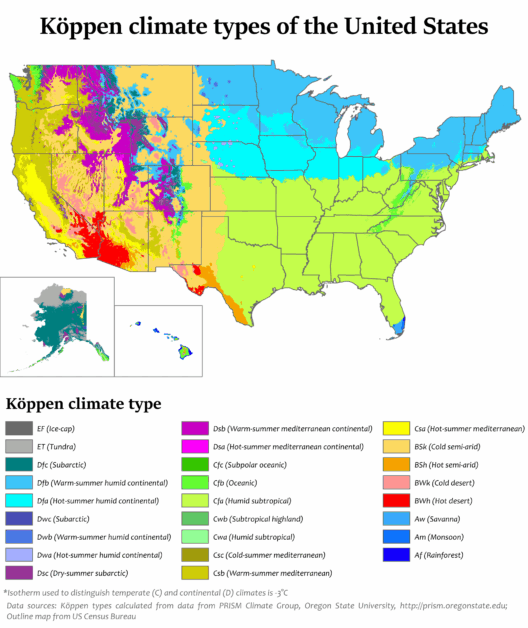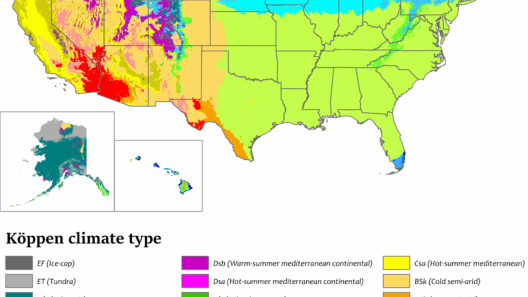Forests are often celebrated as the lungs of our planet, yet their ability to mitigate climate change is increasingly compromised by rampant deforestation. Each tree felled is not merely an assault on nature; it is a catalyst that exacerbates global warming and disrupts delicate ecological balances. This article explores the multifaceted relationship between deforestation and climate change, illustrating how the removal of trees, one at a time, has far-reaching implications for our environment.
To comprehend how deforestation influences climate change, one must first understand the essential role that forests play in sequestering carbon. Trees absorb carbon dioxide (CO₂) from the atmosphere during photosynthesis, acting as significant carbon sinks. However, when forests are cleared for agriculture, urban development, or logging, not only is this carbon sequestration halted, but the carbon stored in tree biomass is also released back into the atmosphere. This dual impact substantially increases atmospheric CO₂ levels, contributing to the greenhouse effect and accelerating global warming.
Furthermore, the types of deforestation practices deployed significantly affect the environment. For instance, clear-cutting, which involves the complete removal of trees in a specific area, leads to immediate and extensive release of stored carbon. In contrast, selective logging, which only removes certain trees, may seem less damaging; however, it often leads to forest degradation. Such practices compromise the structural integrity of the forest, making the remaining trees more susceptible to disease and pests, ultimately paving the way for more significant loss of forest cover in the future.
Moreover, deforestation disrupts local and global weather patterns. Forests play a crucial role in maintaining the hydrological cycle by facilitating evapotranspiration, a process where water is transferred from the land to the atmosphere. Trees release moisture into the air through their leaves, contributing to cloud formation and precipitation. In regions where deforestation is prevalent, reduced evapotranspiration can result in decreased rainfall, exacerbating drought conditions. The resultant shift in weather can lead to not only local agricultural failures but also global food insecurity.
The impact of deforestation extends beyond just carbon emissions and altered weather patterns; it also threatens biodiversity. Forests are habitats for countless species, some of which are endemic and found nowhere else on Earth. Each tree that falls can signal the end of an ecosystem’s intricate web of life. As habitats are fragmented, wildlife faces increased competition for limited resources, leading to declining populations and, ultimately, extinction. The loss of biodiversity not only diminishes the resilience of ecosystems but also jeopardizes the ecosystem services that forests provide, further exacerbating the effects of climate change.
Critically, the socio-economic dimensions of deforestation must be acknowledged. In many developing regions, communities rely on forests for their livelihoods and cultural identity. Unsustainable forestry practices often perpetuate a cycle of poverty, driving local populations to clear forests for agriculture or logging in their quest for economic survival. This is a poignant irony: in pursuing short-term economic gain, these communities inadvertently contribute to long-term ecological degradation, which further threatens their livelihoods. Sustainable alternatives, such as agroforestry or responsible logging practices, must be fostered to align economic needs with environmental stewardship.
Addressing deforestation and its climate implications requires comprehensive policy measures and global cooperation. Governments must implement stricter regulations on logging practices and enforce penalties for illegal deforestation. Initiatives promoting reforestation and afforestation can help restore ecosystems and their carbon sinks. International agreements, such as the Paris Accord, must stress the urgent need for nations to commit to reducing deforestation rates as part of their climate pledges. Additionally, enhancing public awareness and education on the impacts of deforestation can galvanize community action, prompting citizens to advocate for protective policies and sustainable practices.
Innovation also plays a crucial role in countering deforestation’s impacts. Technological advancements, such as satellite monitoring and remote sensing, can help track deforestation in real-time, enabling rapid responses. New agricultural techniques, such as precision farming, can reduce the land needed for cultivation while maintaining yield, decreasing the pressure on forests. Furthermore, sustainable timber certification schemes can promote responsible sourcing of wood products, ensuring that consumer choices support environmentally friendly practices.
In summary, deforestation serves as a poignant illustration of how individual actions can cumulatively lead to catastrophic outcomes for our planet. Each tree felled not only contributes to carbon emissions but also disrupts weather patterns, endangers biodiversity, and threatens the socio-economic fabric of communities reliant on forest ecosystems. The fight against climate change is inextricably linked to forest conservation. By preserving trees and promoting sustainable land use practices, we can mitigate the impacts of climate change and protect the invaluable services that forests provide. The time for action is now; the future of our planet depends on it.








